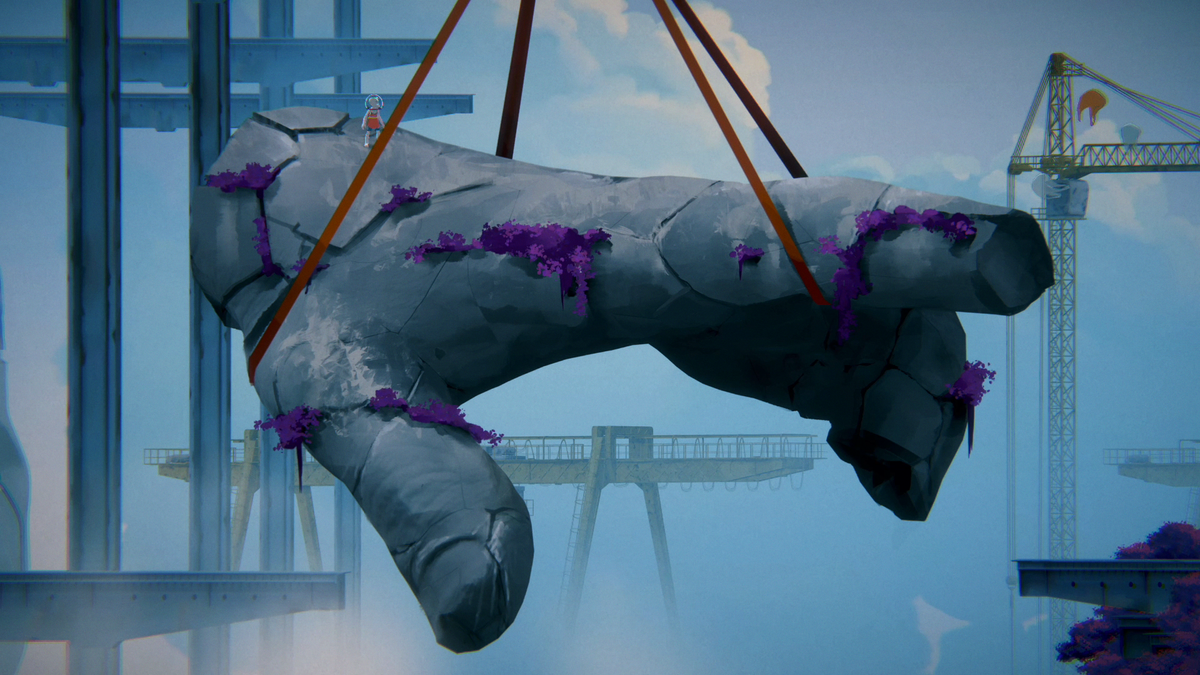
Igor Simic is a dynamic and accomplished artist who moves across multiple forms with ease. Born and raised in Belgrade, Serbia, he received his higher education in New York City at Columbia University, where he studied philosophy and film. His earliest professional steps were in moving images and his first work, Shelter (2009), was awarded at Alternative Film Video in Belgrade. Cut to a number of years later and Simic has a multidisciplinary practice and is represented by Galerie Anita Beckers in Frankfurt.
For his biggest professional challenge and maybe greatest artistic leap, Simic decided to create a video game production company in Belgrade: Demagog Studio. The first release for the studio was Golf Club: Nostalgia (formerly Wasteland) in 2021, which is a satirical take that asks players to inhabit the roles of the ultra-rich who descend from their colony on Mars to play golf on a post-apocalyptic Earth. The company’s second release is The Cub, which was first presented at Tribeca Festival in 2022 and became available across platforms in early 2024. We spoke to Simic about The Cub, his visual arts practice and the concept of constellation storytelling.
This post is for subscribers only
Subscribe now and have access to all our stories, enjoy exclusive content and stay up to date with constant updates.
